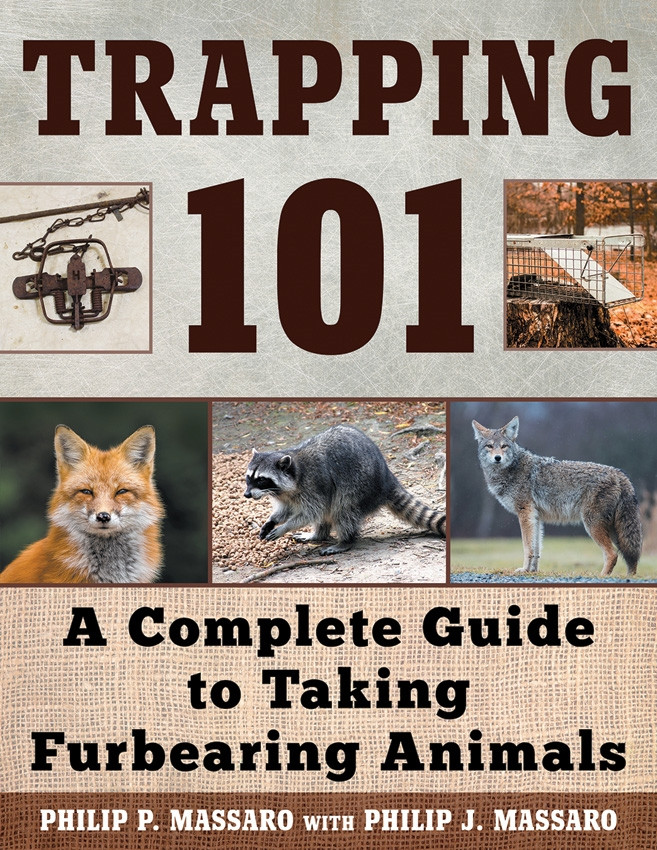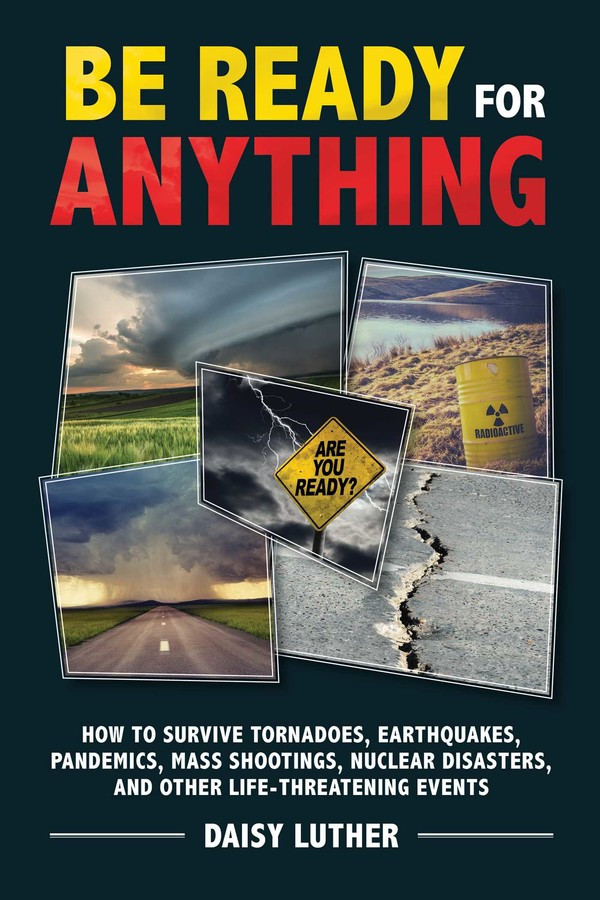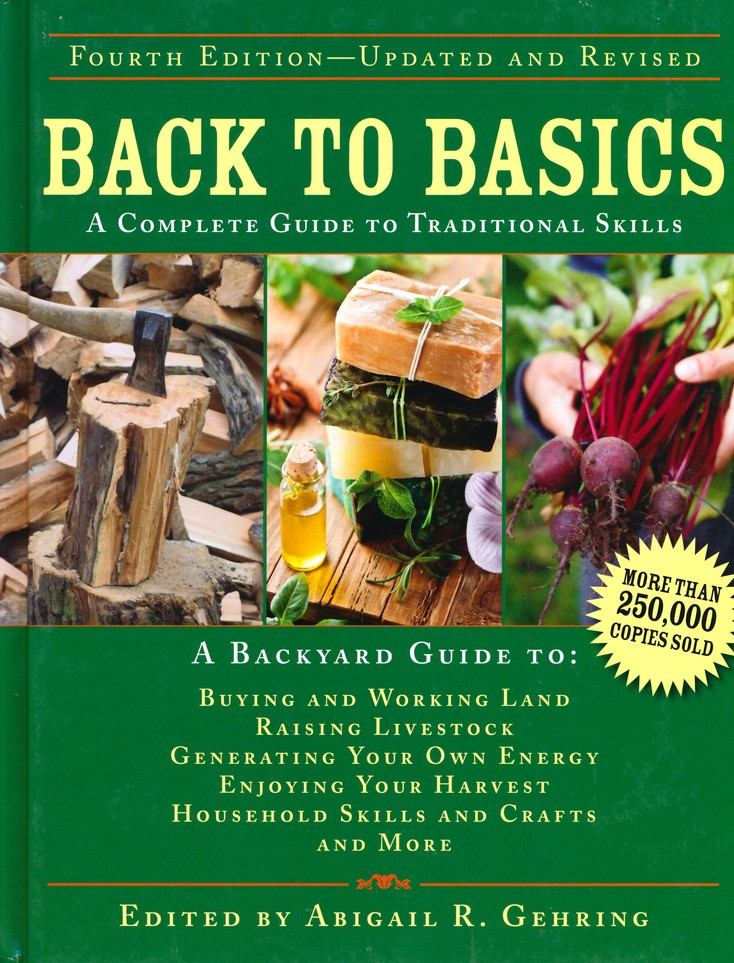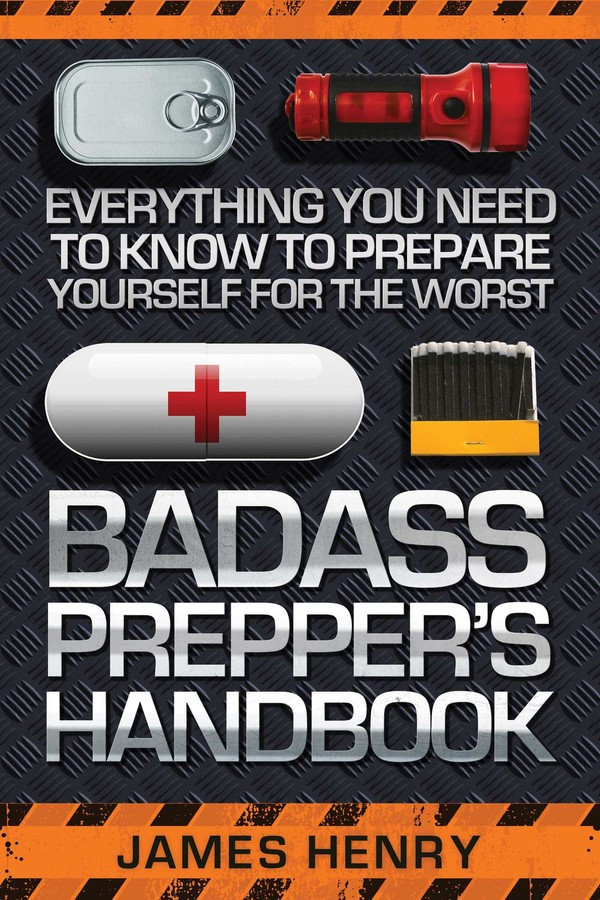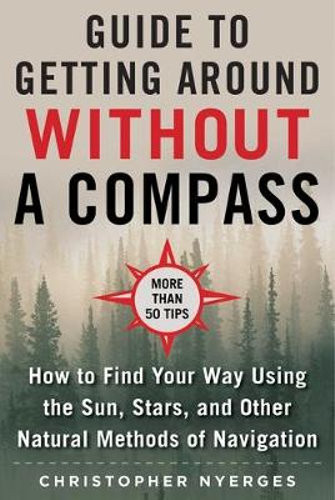| Content | The ancient art of trapping goes back centuries, almost to the beginning of civilization. Native Americans used the pit trap, deadfalls, and snares, the Chinese documented the use of nets and pits in the fourth century BCE, and virtually every civilization can exhibit some example of the use of a trap in one form or another to procure meat, hides, or fur. The fur trade across Europe was dominated by the Russians, which provided furs to the greater part of Western Europe and Asia during the Middle Ages, which prompted the exploration of Siberia and its game rich forests. In North America, trapping was one of the primary reasons why settlers pushed West, taking advantage of the bountiful game across the continent. Fur was used not only for coats, hats, and mittens, it was used as a form of barter.
The taking of a fur-bearing animal was and is a big accomplishment, as fooling a crafty animal on its home territory is no easy feat. In Trapping 101, veteran trapper Phil Massaro reveals all the secrets of the trade, from knowing where to set traps, to understanding and using various types of traps, to properly using scents. Tips and tactics for taking beavers, muskrats, weasels, raccoons, skunks, otters, and more are all covered. While there is a wealth of information in here for beginners, information that will help them pick up trapping with relative ease, there are many subtle tips and tricks that even a veteran trapper will appreciate.
Times have, of course, changed since the days of the voyageurs and rendezvouses. There are many more people in this modern world, many more dwellings, many more towns and cities. But there is a place for trapping in all this, just as there are places for hunting and fishing. A knowledgeable trapper, following game rules and respecting the animals he is trying to trap, fits right into the grand scheme of Mother Nature existing in harmony with humankind. This book will help you achieve that.
|
- Sections dealing with all kinds of emergency situations
- Great companion book to the Pocket Guide to Emergency First Aid
- Spiral binding lets pages lay flat for easy reading in the field
- Side tabs let you find the right chapter quickly
- Fully waterproof, dirt-proof, tear-proof, wind-proof, kid-proof.
- Pages are made of specially formulated, heat-treated, PVC plastic - polished, resin-coated polyvinylchloride polymer). Pages feature:
- Bright white printing surface - all printing is clear and precise
- Virtual indestructibility - the pages can't rip or tear, and the corners won't bend over
- Flexibility - pages can bend without breaking
- Washable surface - just wipe clean after use or wash in water
- Steel rule die cut with polished edges - the corners won't poke you while in your hand or in your pocket, as often happens with plastic printed materials
- Will not warp, fade or deteriorate. (Keep out of direct sunlight for prolonged periods - nothing can prevent the sun's ultraviolet rays from "yellowing" any kind of paper or plastic. Under normal conditions it will take years of use for these Pocket Guides to "yellow", and even then they will remain clear and perfectly readable!)
| 21 Essential Knots for Everyday Use Indoors or Outdoors! This compact little reference book includes knots for a wide range of functions, from home to work, hobby to play activities. No knot-tying jargon is used, no baffling technical terms--just simple step-by-step instructions and outstandingly clear line drawings. It's the perfectly portable knot reference for anyone--scouts, sailors, hunters, anglers, gardeners, farmers, horse riders, you name it! Among the knots in this book are: Overhand knot, Heaving line knot Reef knot, Sheetbend Fisherman's knot, Figure-of-eight loop, Bowline Three-part crown, Sheepshank Half-hitch, Clove hitch, Constrictor knot, Pile hitch, Highwayman's hitch, Waggoner's hitch, Timber hitch, Double-loop knot, Uni-knot, Blood knot, Square lashing, and more! Start learning these useful and practical knots today.
| Will you be a ready for a dozen different kinds of disasters, including hurricanes, civil unrest, mass shootings, and wildfires?
You want to be prepared for whatever emergencies come your way. While prepping for a dozen different disasters may sound like a daunting task, there’s good news.
Preparing for a wide variety of disasters requires the same basic supplies as preparing for one or two. For each event, there will be some special steps, unique information, and precautions you need to take, along with a few additional supplies, but your essentials will be the same. Learn how to prepare for:
- Earthquakes
- Tornadoes
- Hurricanes
- Winter Storms
- Wildfire Evacuations
- Pandemics
- Nuclear Disasters
- Mass Shootings
- Civil Unrest
- Economic Crises
- And More!
With directions, helpful appendices, checklists, and general guidance to getting prepped, this book will get you away from panic and straight to safety. | Over 200,000 copies sold—fully updated! Dye your own wool, raise chickens, make your own cheddar cheese, build a log cabin, and much much more.
Anyone who wants to learn basic living skills—the kind employed by our forefathers—and adapt them for a better life in the twenty-first century need look no further than this eminently useful, full-color guide.
Countless readers have turned to Back to Basics for inspiration and instruction, escaping to an era before power saws and fast-food restaurants and rediscovering the pleasures and challenges of a healthier, greener, and more self-sufficient lifestyle.
Now newly updated, the hundreds of projects, step-by-step sequences, photographs, charts, and illustrations in Back to Basics will help you dye your own wool with plant pigments, graft trees, raise chickens, craft a hutch table with hand tools, and make treats such as blueberry peach jam and cheddar cheese. The truly ambitious will find instructions on how to build a log cabin or an adobe brick homestead.
More than just practical advice, this is also a book for dreamers—even if you live in a city apartment, you will find your imagination sparked, and there’s no reason why you can’t, for example, make a loom and weave a rag rug. Complete with tips for old-fashioned fun (square dancing calls, homemade toys, and kayaking tips), this may be the most thorough book on voluntary simplicity available. | Anyone who wants to improve his or her health in a completely natural way will find this book to be an absolute must-have for his or her home—and garden.
|
